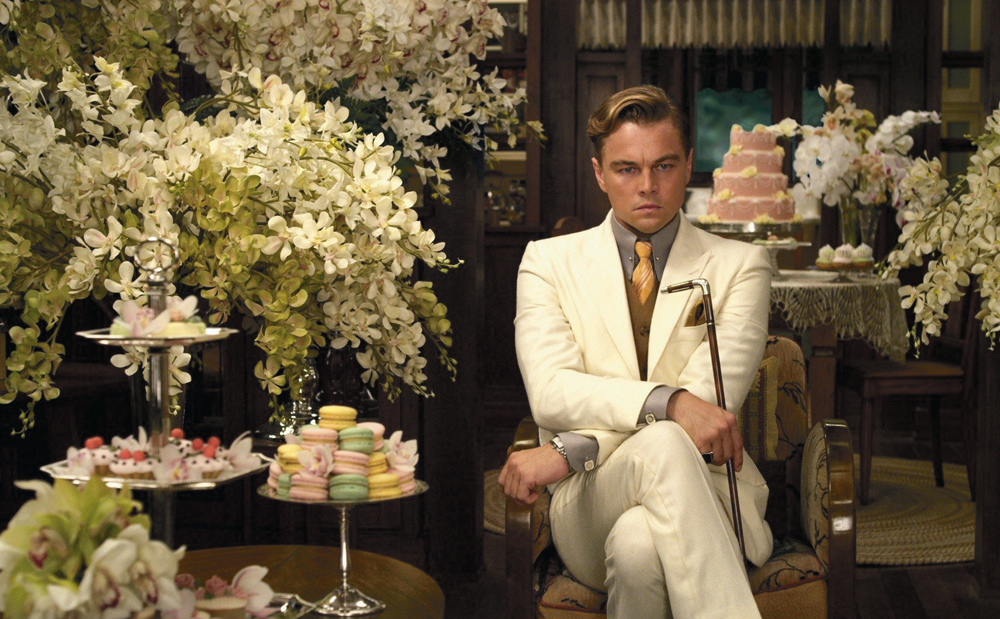Once again F. Scott Fitzgerald’s great American novel has been deemed in need of a Hollywood makeover. This time, it’s in the hands of Australian director Baz Luhrmann, best known for flamboyant flicks like Romeo+Juliet (1996) and Moulin Rouge (2001), as well as the big box office flop Australia (2008). Hear the name Luhrmann and, for better or worse, you know what to expect: gorgeous scenes with plenty of glitz and glamor.
For the uninitiated, the story centers on Nick Carraway (Tobey Mcguire), a budding writer, as he relives his encounters with the great man in his life, Jay Gatsby (Leonardo DiCaprio), who he met in West Egg, a fictional town on Long Island, in the summer of 1922. After returning from World War I, Nick tries to make a career for himself in New York as a bonds salesman. Here, he meets up with his beautiful cousin, Daisy Buchanan (Carey Mulligan), who tries to set him up with her friend, Jordan Baker (Elizabeth Debicki), a socialite golfer. Soon he is witness to the dark side of Daisy’s marriage. Her husband, Tom Buchanan (Joel Edgerton), is having an affair with Myrtle Wilson (Isla Fisher), the wife of garage-owner George Wilson. Once the affair between Myrtle and Tom comes to an end, Nick gets to know his mysterious neighbor, Gatsby, who has a penchant for hosting New York’s flashiest parties at his mansion. The two quickly become friends and Nick discovers that Gatsby was previously in love with Daisy before she married five years ago. Nick determines to help Gatsby win back the love of his life. While the two lovebirds successfully revive their romance, Gatsby tries to convince Daisy to leave Tom and come live with him, but all his money and ambition can’t guarantee that this dream comes true.
The Great Gatsby is by no means a short story—and moviegoers should note that Luhrmann doesn’t leave too much out (while also, you could argue, leaving little to the imagination). It ends up playing out like a HBO series—great production, beautiful cast and nice screenplay—only it’s squeezed into 142 minutes. Perhaps for this reason, the pacing is quite off-putting. With its fast-paced dialogue and quick cuts, the first part of the movie, when Nick is trying to adapt to the upscale life of the New York socialites, is a breathtaking experience. The second half, however, drags on without ever really reaching a satisfying climax. DiCaprio and Mulligan struggle to convince us of any real chemistry. And Mcguire isn’t particularly engaging as narrator. In the latter stage, in fact, it’s only really DiCaprio’s well-proven acting chops that keep the film from floundering.
While much of this version of The Great Gatsby passed us by, we did fall completely for parts of it: the tumultuous party scene at Mr. Gatsby’s mansion is perhaps the one occasion where Luhrmann’s grandiose vision is properly realized. (There’s certainly something very present-day Bangkok about seeing everyone dressed up in Prada frolicking about in a 1920s prohibition-era atmosphere.) This is also the only real time when the beautiful pictures combine with the contemporary soundtrack to truly stunning effect. Baz Luhrmann can be applauded for doing things his own way, but vanity projects, however gorgeous, often aren’t that enjoyable.










